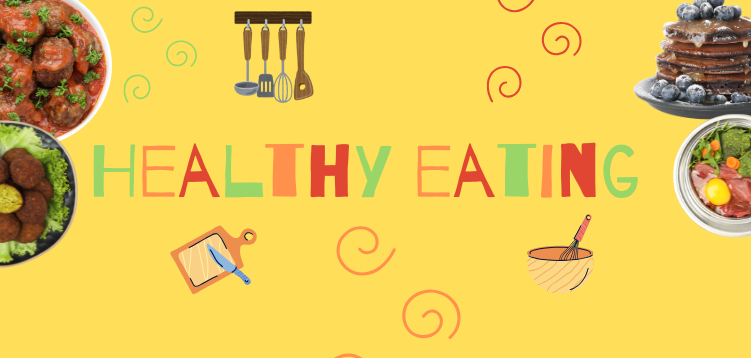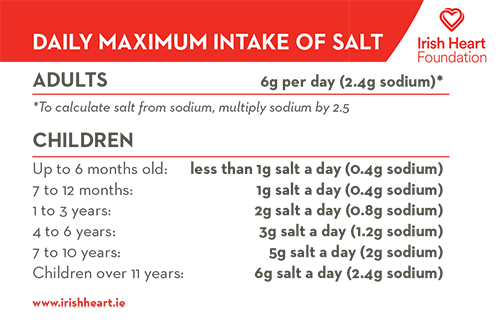(1) Meal prep
Setting aside a few hours on a Sunday can be a game changer for organising your food for the week.
This can mean making meals to reheat or if you prefer not to eat the same thing a few days in a row you can prep your ingredients and use them in several different dishes, this might involve marinating meat or peeling and chopping vegetables to have them ready to use.
Dishes like chilli, curry, stew and soup are great options for meal prep as they reheat well from being frozen. Freezing in small containers is useful as you can microwave the portions individually as needed rather than having a huge portion that takes hours to defrost.
See safe foods guide on storing food safely (opens in a new window)https://www.safefood.net/Food-Safety/Storing-food-safely
(2) Buy in bulk
Buying pantry staples like pasta and rice are cheaper when bought in large quantities and are suitable to bulk buy as they have long expiry dates.
(3) Choose the right supermarkets
Lidl and Aldi are far cheaper than other supermarkets like Tesco and Dunnes
Some options of locations for food shopping near UCD include:
- Stillorgan- Lidl and Tesco. The 155, 145 and 46A are bus routes from UCD to Stillorgan.
- Dundrum- Lidl and Tesco. The S6 bus route goes to and from Dundrum to UCD.
- The Merrion Shopping Centre- Tesco. The 47 bus route will take you from UCD to The Merrion.
- Blackrock Shopping Centre- Aldi. The S6 bus goes from UCD to Blackrock.
(4) Commuter breakfasts and exam dinners
The UCD SU (opens in a new window)commuter breakfasts in conjunction with Healthy UCD provide free breakfasts on Wednesday mornings to those who have long commutes to college.
Healthy UCD partner with UCD SU to provide (opens in a new window)dinners for students during exam time. More on this closer to exams.


